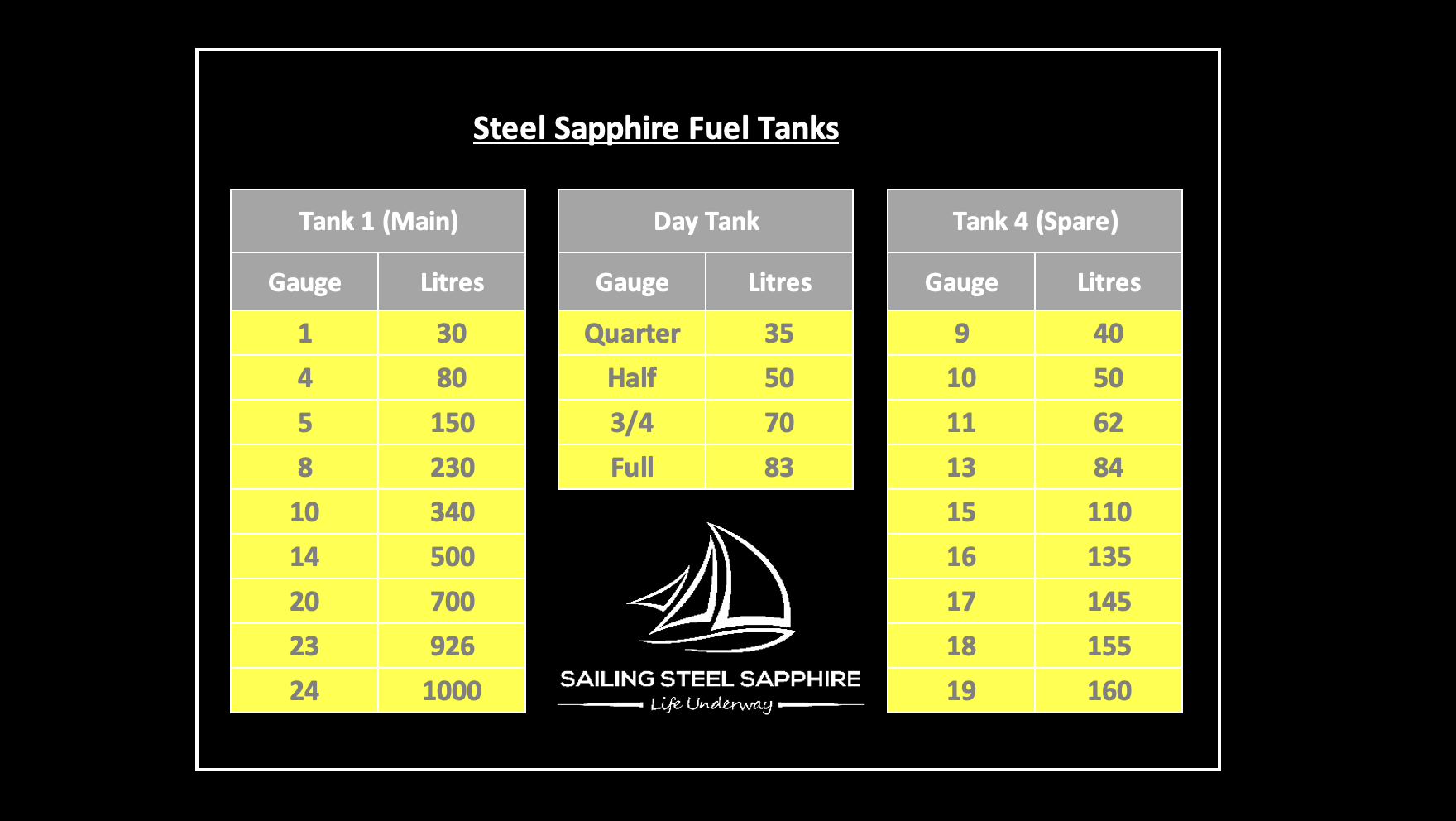Decision Made

Day 19 : Ascension to Azores
Tuesday April 5th 2022
We’ve spent much of the last 48 hours glued to the computer screen, pouring over the various PredictWind route suggestions and forecasts, and trying to decide whether to turn back for Cape Verdes to avoid the tricky weather ahead, or instead press on, and try and steer around the worst of it.
We sought help from Andrew on Sonrisa (who is still back in Cape Town with good internet) to access some of the more advanced features of the PredictWind software, which are not available using the stripped-down satellite-connection-friendly version we can use at sea.
And we even reached out to PredictWind themselves directly, to get input from their ever-awesome support team.
The extra insight we wanted was this: There are 6 different forecasts available within the PredictWind software, and between them, there was some divergent opinion about what conditions we might face, and the best way to route around them. What we wanted to know was which of those forecasts had the greatest accuracy in this part of the world.
The ECMWF forecast is the one we’ve found to be most reliable throughout the Atlantic, but we wanted more data-based factual confirmation about that rather than just our own observations, especially as it was the forecast whose routing we most preferred.
We want to avoid confirmation bias, where we make our decision based on what we wanted to see, versus what a cold hard objective look at the facts would suggest.
Both PredictWind themselves, and the data Andrew was able to pull, confirmed that ECMWF historically was the most accurate forecast in this part of the world. Not by much, but at least it supported our preferred route, rather than contradicted it.
The more time we spent analysing, of course, the further we were sailing from our safe haven in the Cape Verdes. As I write this, we are now 450 miles from Mindelo, which in our current conditions would take us 4 or 5 days to sail back there.
We felt comfortable carrying on in the meantime, though, because with each successive forecast, we’ve grown more confident that the path we’re choosing (keeping to the west of the centre of the depression) has two distinct benefits.
The first is that if the specific depression we’re tracking and hoping to avoid (there are actually three within view) continues to develop as forecasted, we should be able to avoid the worst of it quite comfortably, with just one 24-hour period where we’ll have to take avoiding action by sailing almost due west, in what will be boisterous, but not rough, conditions. And after that, we should have an easy sail for the last few days into the Azores
And more importantly, by taking this western route, it leaves us an easy escape route if the conditions deteriorate. Because of the easterly direction these systems move in, and their anti-clockwise rotation, being to the south west of them is the safest zone – at any time we can either scarper fast to the west, or even just heave to and wait, and the storm will pass us by.
So it feels like we’re covered either way – whether the weather behaves as predicted or not.
Interestingly, the PredictWind algorithm is suggesting we do something different entirely. When the storm first hits us (and we’re planning to head west for 24 hours), PredictWind wants us to head east. That does have the benefit of getting us closer to the Azores, so it’s understandable. But it also keeps us in the danger zone for longer, and makes us very vulnerable to an intensification of the strength of the system, or an acceleration of its rotation (which would rotate the winds to our disadvantage).
It’s doing this because it can’t take that type of contingency planning into account – all it can do is look at the data presented to it, and suggest the shortest/fastest/most comfortable route, depending on your selection in the software.
For me, that’s not a weakness of the system. It’s job is not to speculate – it’s just to present the best option with the data it is given. Our job is to use the suggestions that PredictWind provides as just one source of insight into what might work for us, along with our own experience, contingency planning skills and risk assessment.
In that context, this has been a really fascinating experience, and one in which the results are most certainly not yet in.
Not only are we yet to see how our particular weather system will play out, but we are now beginning to see the one coming after it appear in the forecast. And our nice easy downwind sail for the last 3 or 4 days into the Azores is already under threat from the advance of the next system – if that comes in too fast, we’re going to have some more strong wind to deal with in those last few days.
But that’s a challenge for next week. In the meantime, the decision is made – we press on!
___
Day 19 Statistics:
Time on passage so far: 18 days, 21 hours
Distance covered in last 24 hours: 103 nm
Average Speed in last 24 hours: 4.3 knots
Official Length of intended Route when we set out: 3,480 nm
Current Projected Distance to Go according to chart plotter: 1,429 nm
Distance Sailed so Far: 2,194 nm
Total Projected Distance of Route: (2,194 + 1,429) 3,623 nm
Change in total projected distance in last 24 hours: +4 miles
Total number of scenarios run on PredictWind software in last 48 hours: 17





